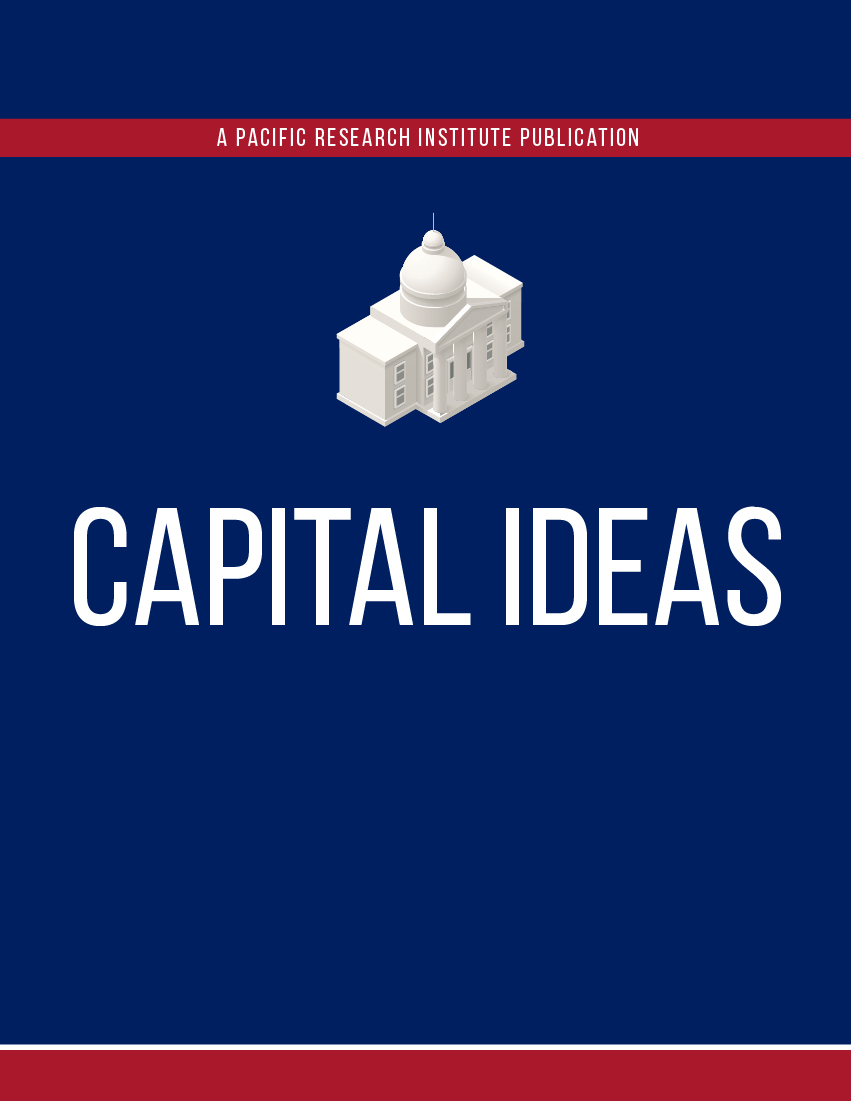A recently released independent report says California isn’t going to meet its 2030 emissions goal. Those who have been paying close attention, and those who have immersed themselves in PRI research, won’t be even mildly surprised by this. They know the state has taken the wrong approach and won’t reach its mark not because it’s doing too little but rather doing too much.
The 13th edition of Next 10’s California Green Innovation Index found that scaling greenhouse gas emissions to 40% below 1990 levels by 2030 will happen only through unprecedented cutbacks. That target cannot be met unless the state sustains a 4.3% annual decrease from here to the deadline. That might not sound like much, but it’s “a reduction that is more than 2.5 times greater than was achieved in 2019.”
From 2018 to 2019, emissions fell by only 1.6%. Though that was “the second largest percentage decrease since 2010,” it nevertheless fell “far short of what is needed to comply with California’s mandate.”
Part of the problem, says Next 10, is Californians aren’t buying zero-emissions vehicles (ZEVs) – which aren’t zero emissions after all – fast enough. Though registrations are growing, up 11.6% in 2020 over 2019 across the state, “a greater pace of adoption is needed to meet the state’s target of 1.5 million ZEVs on the road by 2025.”
The blue-state, big-government response to slower-than-wanted sales growth is, of course, to force Californians to give up their traditional cars and trucks by outlawing them, as Gov. Gavin Newsom did in 2020 through an executive order to outlaw their sale in the state by 2030. An earlier response was to dangle EV-purchase subsidies, which, says PRI senior fellow Wayne Winegarden, “are, inevitably, a wealth transfer from low- and
middle-income state residents to upper-income residents who choose to purchase electric vehicles, as well as the electric vehicle companies.”
They’re also indicative of a popularity deficit. Government bribes wouldn’t be needed if the market was clamoring for electric automobiles.
The index further acknowledges “wildfires continue to present a persistent challenge,” their emissions “reaching the highest level since the state began tracking them,” which was “more than any other sector aside from transportation in 2019.” The narrative among politicians, the media and activists is to always blame the wildfires on climate change caused by human greenhouse gas emissions. But that’s a cop-out, a distraction to avoid needed changes in the poor forest management practices that are the real source of fuel for the fires.
Missed by the index is California’s bad habit – and failed strategy – of trying to force green changes through government interventions. A simple recognition would have gone a long way toward helping explain why the state is falling behind.
The proof is in a comparison of the emissions in California, overflowing with energy-related mandates, standards, and restrictions, to emissions in Ohio and West Virginia. Though those states “started from a relatively more carbon dioxide intensive economy,” says Winegarden, they and others “have also seen larger, or at least comparable, percentage reductions in carbon dioxide emissions.”
Between 2007 and 2015, emissions dropped 20.6% in both Ohio and West Virginia, while over that same period, emissions fell by less than half that, 9.7%, in California, which couldn’t even match the national average of 12.2%.
Even after adjusting for population, West Virginia, Ohio, and the nation on average still performed better than California, which the Union of Concerned Scientists calls “stellar” in its effort to lead “the way on clean energy momentum.”
How can this be? Obviously there are other approaches to reducing carbon dioxide emissions. By flowing with the fracking revolution, which has allowed natural gas to replace coal, rather than shunning it as California has, Ohio, West Virginia, and others have been able to achieve what California has not. Even better, they were able to do it, says Winegarden, “while also promoting strong economic growth.”
On the other hand, California’s energy policies – all 218 of them – obstruct job and income growth opportunities while imposing particularly heavy burdens in the the Central Valley and Inland Empire, where the residents are less economically prosperous than on the wealth-lined coast.
The importance of affordable and reliable energy, which refers to energy that isn’t considered green, cannot be overstated. “Economic growth stagnates,” says Winegarden, and “our quality of life plummets” when energy costs are increased by government interference.
Any argument that says the economic downsides are mere inconveniences that have to be borne to reach a green existence is overturned by the fact that “clean energy” policies are clearly failing to accomplish policymakers’ stated goals. California needs to rethink its methods, and then retool its policies. If not, Next 10 will be producing a series of similar reports in the future.
Kerry Jackson is a fellow with the Center for California Reform at the Pacific Research Institute.


